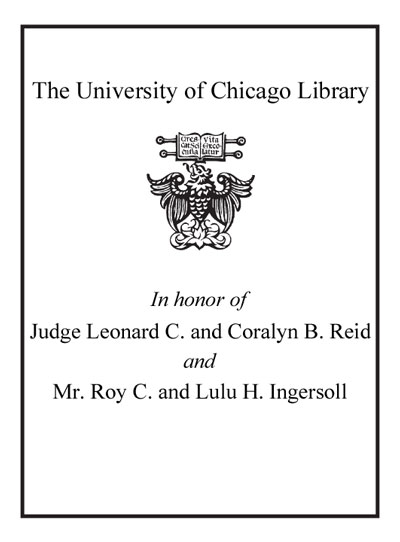Review by Choice Review
In this work with an only-slightly-misleading title, the editors (Ohio Univ.) lead a group of nearly a dozen contributors in examining the prehistoric transition from foraging to horticulture in the Hocking Valley of Ohio. Based on 20 years of fieldwork, the dozen chapters describe survey results and excavations at several sites from the Late Archaic to the Late Woodland periods, and analyze the data with a view toward illuminating changes in subsistence, settlement patterns, and sociopolitical organization leading to the development of tribal societies. Mound-building episodes in the Early and Middle Woodland periods are a part of the larger picture that includes changes in population and relationships between communities as well as the physical environment. The authors pursue many lines of evidence in covering their ambitious topic, including indicators of communal feasting, the introduction of ceramics, sources of raw materials, and environmental reconstruction. They effectively present past research in the valley and integrate it well with continuing research, and compare this with work done in nearby regions. The contributors use GIS models extensively and to good result, although their description of the technique is rather dense to the uninitiated. Overall, this is an excellent resource for those working in the region. ^BSumming Up: Recommended. All levels/libraries. J. C. Wanser Hiram College
Copyright American Library Association, used with permission.
Review by Choice Review

